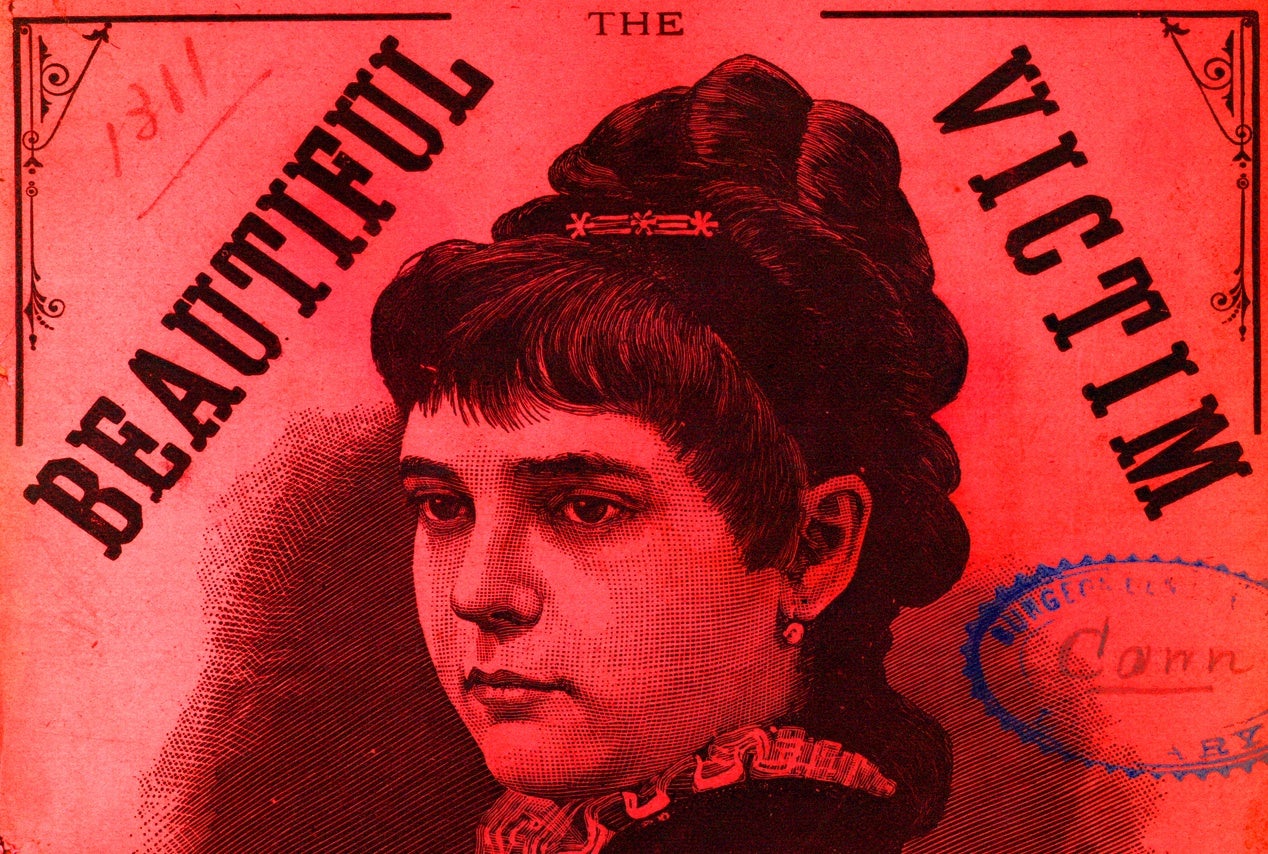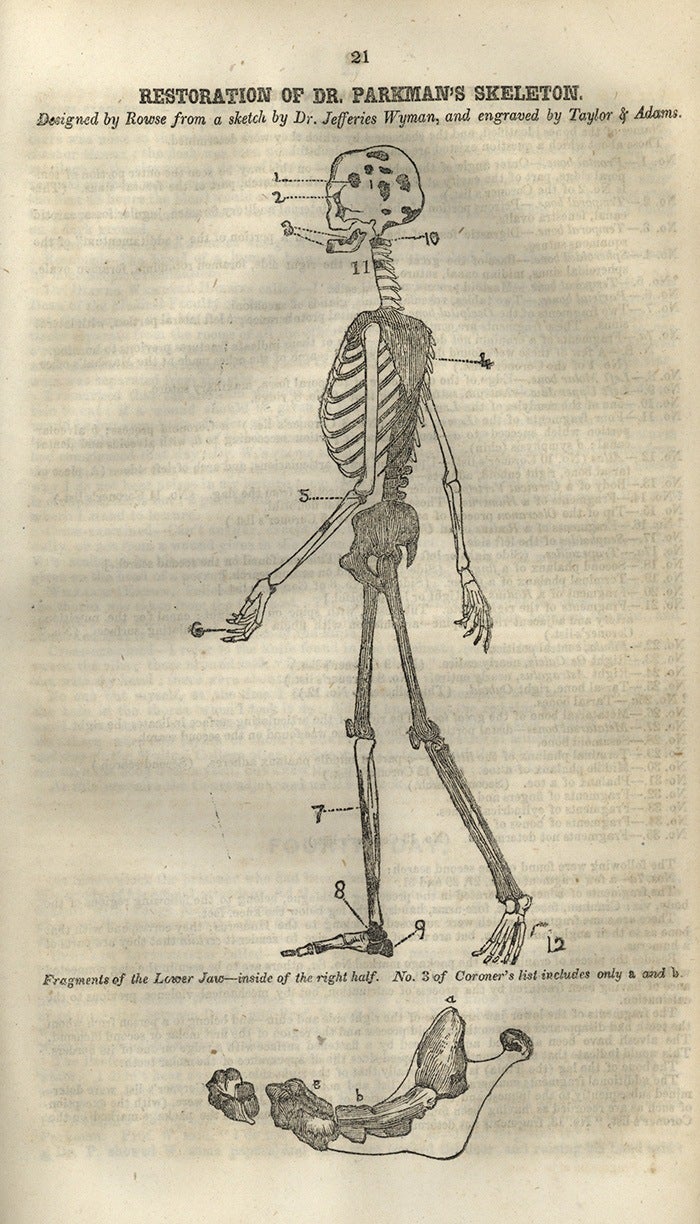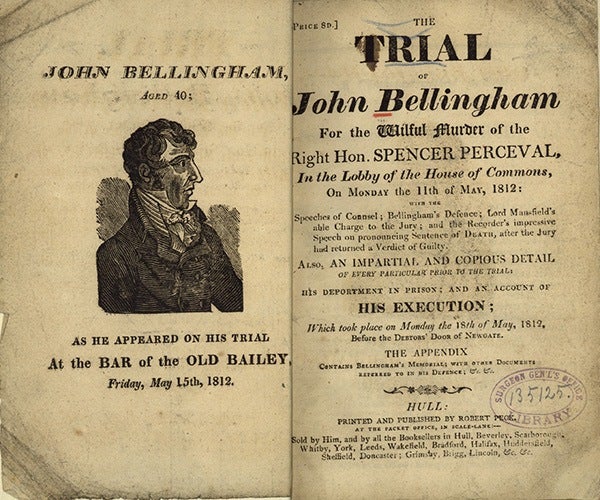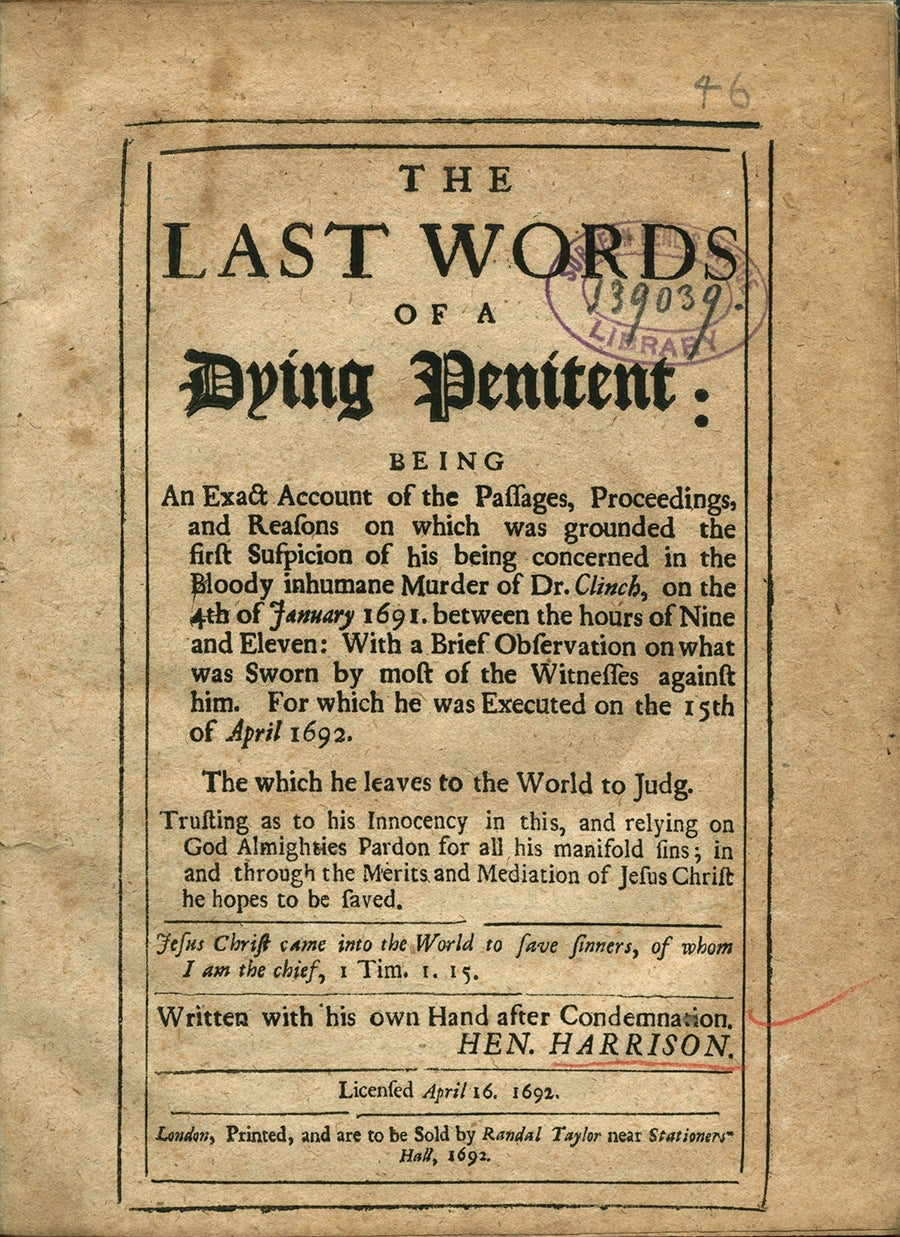The critics have spoken: true crime is officially hot. For over a year, news outlets have touted the return of true crime drama. One popular refrain claims that true crime is now joining the ranks of “quality” culture. From the celebrated Serial podcast to the recent pair of well-received O.J. Simpson docuseries, these new crime anthologies have elevated the genre’s status. Prestige series like HBO’s The Jinx and Netflix’s Making a Murderer effectively blend entertainment with real-life investigation.
As more and more networks jump on the bandwagon—NBC has ordered Law & Order: True Crime, whose first season will cover the infamous Menendez brothers’ case, and CBS is producing its own unscripted series on the JonBenét Ramsey murder—the inevitable backlash has begun to set in. Such debates over true crime’s moral and aesthetic merits are nothing new. Although it occasionally aims for respectability—Truman Capote’s In Cold Blood and Norman Mailer’s The Executioner’s Song are often held up as paragons of the genre—true crime is usually relegated to the bin of “trash” culture, a term that denotes cheaply produced, simplistic materials catering to the uncritical masses.
This debate about the value of true crime speaks to our ambivalence over consuming real-life tales of horror. That anybody benefits—through monetary gain or personal titillation—from domestic murder, sex crimes, and grotesque violence seems distasteful, and so we want to consign true crime to the lowest rungs of culture. Yet the genre’s long, rich history shows us that there is much more to true crime than penny dreadfuls and blood-spattered paperbacks. These recent series are merely the most recent iteration of a genre that has always been interested in more than bloody deeds and disfigured bodies.
True Crime’s 16th Century Origins
Between 1550 and 1700, British authors and printers produced an unprecedented number of publications that reported on capital crimes. As literacy rates expanded and new print technologies emerged, topical leaflets began to circulate among newly literate and semiliterate consumers. Hundreds of crime pamphlets—short, unbound books of roughly six to 24 pages, usually detailing horrific murders—circulated during this era. But these pamphlets were not the sole form of crime reportage. Ballads—narrative verses recounting the dastardly deeds of England’s Most Notorious—were printed on broadsides and posted around cities and towns. Trial accounts also provided a broad swath of society with details of juridical proceedings.
The types of crimes depicted in these publications will sound familiar to contemporary true crime enthusiasts: domestic or sex-related murders, women’s criminal activities, and particularly bloody assaults. As an added appeal, these publications contained woodcuts illustrating the more unsavory acts, i.e., dismemberment, torture, and, of course, witchcraft. Although this sensationalism might now be considered lowbrow, these publications were not printed for the masses (in the contemporary sense). Despite rising literacy rates, the lower classes still lacked the means to purchase such materials and the ability—and time—to read them. In an article on early true crime, Joy Wiltenburg emphasizes the “respectable status” of these “emotion-laden crime reports,” which were consumed primarily by literate members of the “artisan class and above.”
Like the contemporary docudrama, the crime pamphlet was not a uniform genre: The tone of these narratives could range from sensationalist to spiritual to didactic, often within a single pamphlet. Some served as state propaganda. Others were moralizing tales, portraying the criminal as a deviant who ultimately faces divine justice. Still, others offered more sympathetic explorations of criminal lives—particularly those of “fallen women”—though the sympathy was often tempered by moral condemnation. As sensationalist as the pamphlets were, they also highlighted the struggles of the poor and the marginalized.
Unlike a trial, which must end with a clear determination of innocence or guilt, the narrative form allowed for some degree of moral ambiguity. Ballads told from the criminal’s perspective, such as the “Newgate Penitent” and “Last Goodnight” ballads, asked readers to identify with the evildoers. Wiltenburg points to these ballads as evidence that consumers were more interested in the criminal than the victim. Like the biographical pamphlet, these ballads marked a “long-term shift of sensationalist interest to the individual psyche and emotional life of malefactors.” In other words, these texts represent early attempts to root out social and psychological causes of crime.
Literary Crime in the 19th Century
Sensationalist broadsides and pamphlets continued to circulate in England and the U.S. throughout the 19th century, even as the penny press introduced widespread crime journalism. As was true in earlier centuries, graphic and domestic murders dominated news coverage, but a new trend in crime writing also emerged. Reputable authors became increasingly interested in crime as a site of social, aesthetic, and scientific inquiry. Reform-minded writers like Charles Dickens (“A Visit to Newgate,” 1836) and William Thackeray (“Going to See a Man Hanged,” 1840) decried the institutional punishments of the era.
Perhaps the most notorious essay was the satirically titled “On Murder Considered as One of the Fine Arts,” first published in Blackwood’s Magazine in 1827 by the self-confessed opium-eater Thomas De Quincey. The essay was so well received it inspired a “Second Paper” in 1839 and a collected edition including a “Postscript” in 1854. Adopting the absurd persona of a member of the “Society of Connoisseurs in Murder,” De Quincey articulates his aesthetics of murder. He does not condone violence or make moral claims, but instead compares the effect of murder to Kant’s theory of the sublime.
The first two essays make repeated reference to the infamous Ratcliffe Highway murders of 1811, in which seven people were gruesomely slaughtered in London’s East End. The crime’s brutality, together with its seemingly random nature, turned it into a national obsession. De Quincey’s 1854 postscript sheds the pompous tone of the first two installments in favor of a straightforward narrative, depicting the murders from the perspective of the perpetrator, the victims, and the London community terrorized by the events.
Frederick Burwick, writing on De Quincey’s aesthetics, points out that “On Murder Considered as One of the Fine Arts” is an early precursor to In Cold Blood. Like Capote’s text, De Quincey’s essay is a distinctively literary take on crime, using the murder narrative as a means to critique both Kantian philosophy and penny-press voyeurism. De Quincey’s work shifted the types of discussion possible in true crime writing. He asks readers to move beyond their fascination with the criminal mind or the bloody act itself and reconsider how we, as a society, interpret crime.
The Rise of Detective and True Crime Mysteries
When the Ratcliffe Highway murders took place in 1811, London, like every city in Europe and North America, lacked a formal police department. It wasn’t until 1829 that the first centrally organized force, the Metropolitan Police, was established. Perhaps not coincidentally, that same year, François Vidocq, a French criminal-turned-investigator, published his highly influential Memoirs. Vidocq was a self-promoting pioneer of criminal investigation whose techniques influenced not only real-world police work, but also several literary giants of deduction, notably Victor Hugo’s Inspector Javert and Edgar Allan Poe’s Auguste Dupin (who, in turn, influenced Arthur Conan Doyle’s Sherlock Holmes). More police forces cropped up in the coming years, as Boston formed its own unified department in 1838, and New York in 1845. Throughout the century, criminology—a science reliant on investigative methods and forensic analysis—developed, including the advent of fingerprinting and ballistics.
Along with the rising popularity of detective fiction, these scientific advances shaped the public’s interest in true crime mysteries. By the end of the century, Americans were comfortable with the concept of forensic science and, perhaps more significantly, with the notion of the inspector. Decisions about innocence and guilt were no longer reliant on divine justice, but rather on human intelligence. It is in this environment that the Lizzie Borden case, one of the greatest mysteries in true crime history, became the biggest news story of its age.
On August 4, 1892, Andrew Borden and his wife, Abby, were hacked to death in their home in Fall River, Massachusetts. Andrew’s daughter, Lizzie, a church-going, temperance-supporting spinster, allegedly swung the axe. The sheer breadth of literature and art produced in its wake speaks to an enduring fascination with a story that was, in its day, nothing short of a media phenomenon. Lizzie’s arrest and prosecution led to the original “trial of the century” and garnered as much, if not more, press than O.J.’s proceedings a century later.
Readers across the country were treated to daily reports from Massachusetts and routinely discussed their own verdicts based on the week’s dispatches. Examining the trial reports, Karen Roggenkamp has demonstrated how different media outlets covered the case. The New York Times provided factual, emotionless information, while the Boston Globe sensationalized the case with frequent references to “bloody hatchets and crushed skulls.” Both reporting methods, Roggenkamp notes, distanced readers from the reality of the case.
After Borden was acquitted, the American Advocate of Peace declared her arrest and trial an “extreme of injustice” based on police ineptitude. The New York Times agreed, calling “the acquittal of this most unfortunate and cruelly persecuted woman…a condemnation of the police authorities of Fall River.” But not every writer, in 1893 or in the decades to come, sided with Lizzie. In the 1920s and ’30s, librarian and essayist Edmund Pearson published several treatments of the case, indicting Lizzie as a murderess and accusing the court of a “vile miscarriage of justice” brought about by “maudlin public sentiment.”
One common thread in Borden literature examines how the police and the courts handled the case. Over the years, writers have explored the investigation and trial to critique both the American justice system and the effects of the press on that system. The coverage of the Fall River murders demonstrates that, even as true crime evolves throughout the centuries, it continuously engages with the culture that surrounds it. Since the early modern murder pamphlet, true crime has asked us to consider how we, as a society, both contribute to and learn from the most shocking acts of our age.












